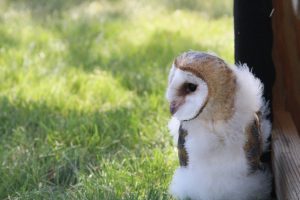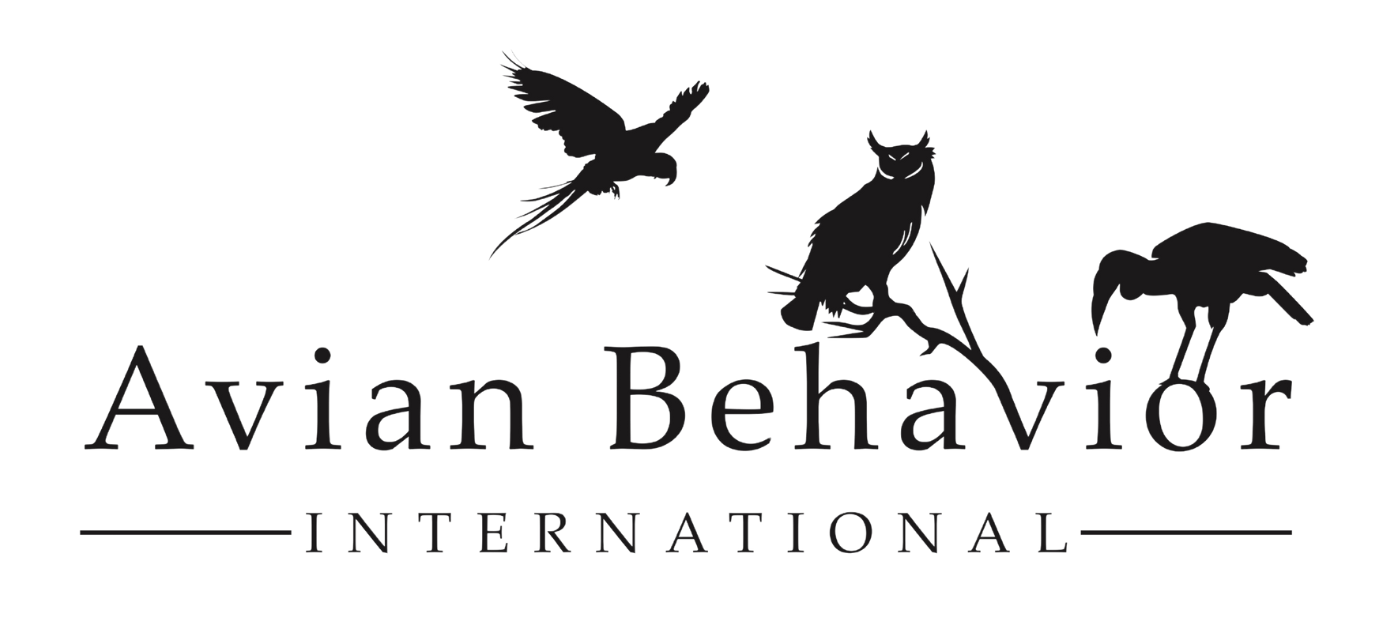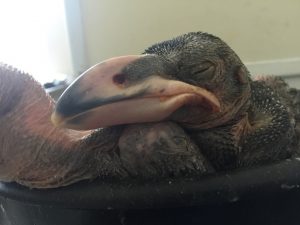
05 May What To Do When You Find a Wild Baby or Injured Bird
In the spring and summer, we often get calls from members of our community about what to do when someone comes across a wild baby bird on the ground that fell or flew out of the nest. This is a really common problem, as accidents happen, babies are learning to fly, storms can blow nests apart, and natural predators can cause disruptions. Here are some key points to help steer you in the right direction if you find a wild baby bird and aren’t sure what to do if the wild bird is injured and needs help.
Tree and Bush Trimming
Familiarize yourself with the laws in your area before trimming trees, removing bushes and shrubs, or demolishing buildings with bird nests in them. Biologists have defined nesting season in California as February 1st through August 15th. These dates
vary in other parts of the United States. Because birds are protected by the Migratory Bird Treaty Act, it is illegal to move or manipulate almost all bird nests, and construction activity should be conducted outside of those times. If this is impossible, the area should be surveyed for active nests and given a margin of 300 feet.
Do I Rescue It?
What happens when you do find a lone wild baby bird outside of the nest? Let’s start out with a very important myth: that if you touch the wild baby bird, the mom will smell human on her baby and reject it. This is simply not true. Most species of birds can’t smell that well, and the drive to take care of one’s young is so strong that the parent birds will go to great lengths to care
for their babies.
Next, to rescue or not to rescue depends on a few important variables. First, how old is the baby bird?
Nestlings are naked, fluffy down feathers, or in pin feathers, which are little quills that are the beginnings of feathers. They cannot fly yet. Sometimes baby birds get overeager when feeding and fall or kick one another out of the nest. Storms and predators can also cause baby birds to find themselves outside of their cozy nest.
Fledglings are mostly feathered, often with short wings and a tail. They hop from branch to branch, often leave the nest and are still being fed by the parent birds. Fledglings may overestimate their skills and end up on the ground, but are still under the parents’ watchful eye.
From nestling to fledgling can actually be quite fast, with birds like American Robins and Mockingbirds only spending 12 days in the nest before fledging. Falcons and owls take only about 8 weeks until they can fly. Turkey vultures nest on the ground and their young can often be mistaken for having fallen out of the nest and get taken into rehabbers. Unfortunately, they are one of the hardest birds to raise without imprinting and often have to remain as education ambassadors instead of being returned to the wild.
Always ensure that baby bird is not in imminent danger. Secure dogs, cats, and any curious farm animals that might accidentally step too close.
Returning a nestling to the nest is the number one option wherever possible. If you can, identify the nest it came from and deposit the baby bird with its clutchmates. Mom and Dad are the best equipped ones to raise the baby bird, and they will take it back, even if they see you return it to the nest.

Barn owls can have up to five owlets, which can make for a crowded nest and excellent rodent control.
If you can’t reach the nest but are able to identify it or if the nest has blown over, place a pot, berry basket, or other similar receptacle as close as you can in a secure location off the ground with some padding to create a nest for the wild baby bird. The parent birds will come down to feed it. Padding can be paper towels, nesting material if the nest has blown over, or dried grass.
If the baby bird is a fledgling, the parents will continue to care for it as it learns to fly, so leaving the youngster is alone offers it the best chance for survival and learning the challenges of the world. It is common for a fledgling to spend several days hopping on the ground and on low branches and bushes, intermittently being fed and learning to feed with its parents. You can tuck him in a tall bush or shrub to keep him out of immediate sight of the passing world if you are in an area with.
When to Take the Baby Bird to a Rehabber
If the baby bird looks injured with a droopy wing or some other form of harm, it’s time to locate your nearest licensed wildlife rehabilitator. Also, if you have a challenging situation, such as a fledgling in an area with high traffic (which might be a judgment call), or if you can’t locate the nest to return the nestling, these would be other cases to contact a rehabber.
When taking the bird to wildlife rehabber, place it in a shoebox with a cover and some padding, like a washcloth, to help it grip, and contact your nearest rehab for other instructions. Again, every species is different, and keeping a wild bird in a dark quiet place until it can be addressed by a professional will help reduce the probability it will be flooded with stress hormones and offer it a chance for survival.
If you are tempted to raise the baby bird yourself, and the fact that this is both a state and federal crime doesn’t deter, keep in mind these few facts. The diet of wild baby birds varies tremendously from species to species, from protein requirements to other important vitamins and minerals. They cannot be fed bread, milk, lunch meat, pet food, or bird seed. They require around the clock care, and many baby birds that die in the hands of inexperienced human would have actually done just fine if left alone.
One last most important point: wildlife rehabbers take great care not to imprint baby wild animals. Imprinting means acclimating the animal the humans, so that when they are released, they have reduced fear of humans and, in some cases, domestic animals. Doing so means almost certain death. Even if you nurse the baby and are able to wean it to eat food on its own, you do not see what happens when it goes back into the wild and still sees people as a source of food. Imprinted raptors most often become aggressive with humans, causing headaches even for experienced raptor trainers. It makes us feel good to be part of the story we can see, and we don’t think about the harm that we caused the animal in not only not being able to teach it to survive like mom and dad did, but setting it up for failure by seeking the wrong sources for food and security.
Here are some wildlife rehabbers in San Diego County that our local friends can contact if you have found a wild baby bird:
Krista Brown Rescue
(760) 877-6737
Located in Valley Center, CA
Can pick up
Fund for Animals Wildlife Center
18740 Highland Valley Rd
Ramona, CA 92065
(760) 789-2324
Sky Hunters
P.O. Box 1275
Lakeside, CA 92040
skyhunters@juno.com
pager for emergencies: (619) 580-4295


